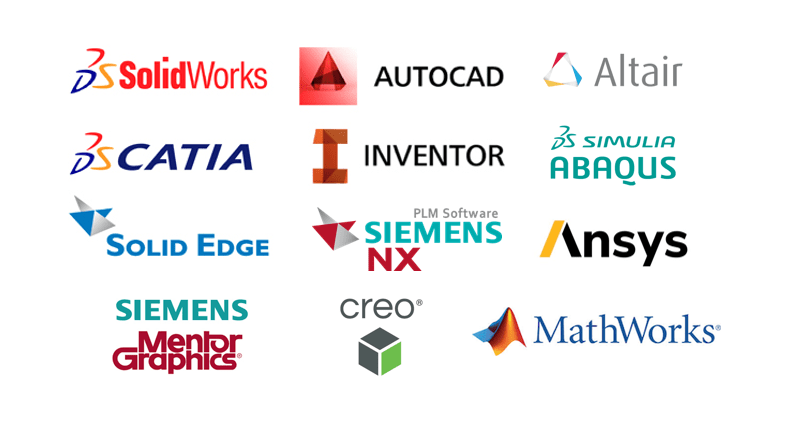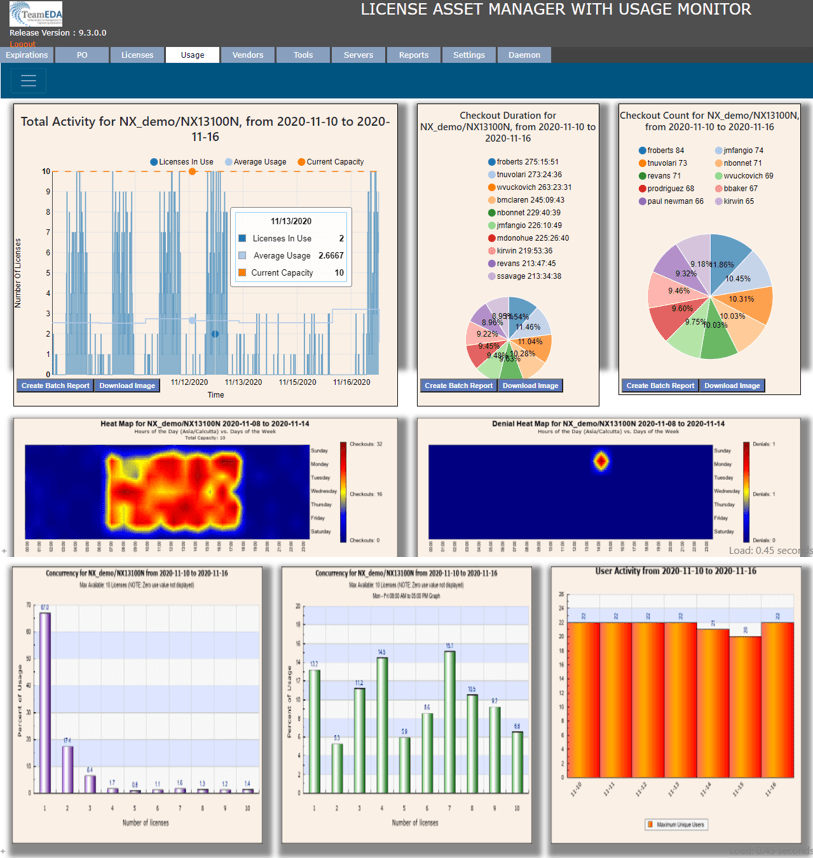
4 steps to move from Perpetual to Subscription license models (CAD, CAx, EDA, Simulation, PLM, etc.)
It seems like only yesterday that Perpetual licenses were the only method to purchase Engineering Software; paying a maintenance fee annually was the accepted practice.
However, the creeping increase in annual maintenance costs, speed of IT transformation, and the wider adoption of cloud technologies with continuous software releases have made subscription models more attractive to budget holders. Gartner predicts that by 2020, all new entrants and 80% of traditional software vendors will switch to subscription-based business models. Therefore you need to keep up to date with the offers and constantly evaluate if a transition is financially sensible for your company.
The perpetual license model will likely be obsolete for new customers within the new few years.
Subscription models come in many different forms. The most obvious is moving to a cloud SaaS offering with a monthly fee, but many others such as Token, Consumption, and On-premise subscription types.
Step 1. Plan
This may seem obvious, but you need to be meticulously planning, researching, discussing best practices with peers, testing, and negotiating several months before you intend to make a move to subscription licenses. Ideally, 6+ months before, especially if your vendor offers incentives to move like the recent Autodesk 2for1 transition offer.
Moving from perpetual licenses to subscription could have big financial outcomes, both positive and negative, so ensure you form a working group, including any financial leaders who can validate and approve your strategy.
- Ensure you ask your software vendor for all the financial and contractual terms of a subscription transition. Contractually what happens if you move to a cloud solution and there is the downtime? What are the guarantees and response times? How easy is it to extract your data from their service?
- Take a look at what other vendors are offering on a subscription basis? If you are no longer tied to perpetual licenses, maybe this is an opportunity to move software vendors, especially if it provides better value and flexibility? You need to know what the other vendors are offering so you have more power in the negotiation phase in Step 4.
- Guess what? You won’t be the only customer looking at a transition to subscription licenses. Use social media (LinkedIn, Forums, Vendor communities, Facebook, etc.) to find similar engineering software managers going through the same process or feedback from those that have already transitioned.
- As with any problem, make sure you break it down into smaller chunks. How about asking your vendor if you can test a few subscription licenses for 6 months? This will allow you to become familiar with the differences and get answers to questions.
Step 2. Measure
At TeamEDA, I am constantly surprised at how many companies do not understand license usage. In particular, which licenses are used rarely or not at all. How many denials they are receiving or which features in a license bundle they use, as maybe they could downgrade to a lower level bundle.
- It is critical that you fully understand the license usage of your engineers. You may have 100 perpetual licenses, but you discover that only 80 have been used through monitoring and analysis. This would allow you to negotiate or trade these 20 licenses in a transition.
- 6+ months of license usage data is essential. Product development has many phases, and we see this reflected in license use. Many upfront MATLAB, Maths, or MBSE work, followed by intensive use of CAD and EDA tools, transitioning to Simulation and PLM licenses. Taking a snapshot of license use a month before a transition could be very costly.
- Of course, I would recommend that you work with TeamEDA and use our licensed asset management solution for Engineering software – LAMUM. We have over 14 years of experience in helping the engineering verticals understand their perpetual and subscription licenses. Get in touch today for a short demo.
Step 3. Evaluate costs
Perpetual licenses have a large upfront cost; therefore, an asset within the company needs to be managed carefully. Your financial teams should have managed the asset’s amortization, so it would be good to get a view from them on what value they still hold against the initial purchase price. A perpetual license bought 10 years ago will have a different value to one bought a couple of years ago.
Many maintenance and support (ME&S) agreements stand at 18-25% of the initial purchase price. It would be good to look at the trend of ME&S increases and talk to your software vendor about their future price predictions.
Vendors are becoming more forceful in their desire to move customers to subscription models. Companies like Autodesk and Atlassian have recently been in the news for drastically increasing ME&S on perpetual licenses as a big push to move customers to subscription models. When a few vendors are successful with this method, you know many more will use this crowbar method in the future!
If you are moving to a SaaS/Cloud solution, please look at the bigger picture project costs. A perpetual license for a large CAD installation would require the costs to upgrade every 1-3 years; IT costs like servers, high spec workstations, and support. Once you have accounted for all these costs and projected for future years, it could be a great cost-saving business case to move to a subscription model.
Step 4. Negotiate
The world runs on negotiation, and you should never accept that the listed subscription price is one that every customer pays.
Plan your leverage points for negotiations; this comes back to the meticulous planning you have completed over the 6 months of preparation.
- Understand how many licenses you actually need in the new subscription framework. Hopefully, you have run some trials to evaluate this.
- List out the value of the perpetual licenses you only use occasionally and use these as bargaining chips for trade-ins that would be more useful.
- Ensure you negotiate multiple licenses to reflect the initial perpetual license costs. Autodesk offered 2 for 1, but you should negotiate higher multiples 3 for 1, depending on the software.
- If the software vendor’s competitors are offering lower subscription prices, make sure you use this during your discussions.
Please remember when you are moving from floating perpetual licenses to named-user subscriptions, you are giving up your license ratios. All the occasional users who dip in and out of licenses for a few minutes a day will now require a full subscription license.
Conclusion
Planning and awareness are key for a move in the licensing model of your engineering software. Some of you will have the minimal choice (Autodesk customers), whereas others can plan to move when it suits them. Please keep in touch with your software vendor to understand their plans and build a network of contacts looking at a similar evaluation.
Good luck, and please do get in touch to discuss anything license-related!

Don’t hesitate to contact Thanh for advice on automation solutions for CAD / CAM / CAE / PLM / ERP / IT systems exclusively for SMEs.
Luu Phan Thanh (Tyler) Solutions Consultant at PLM Ecosystem Mobile +84 976 099 099
Web www.plmes.io Email tyler.luu@plmes.io

